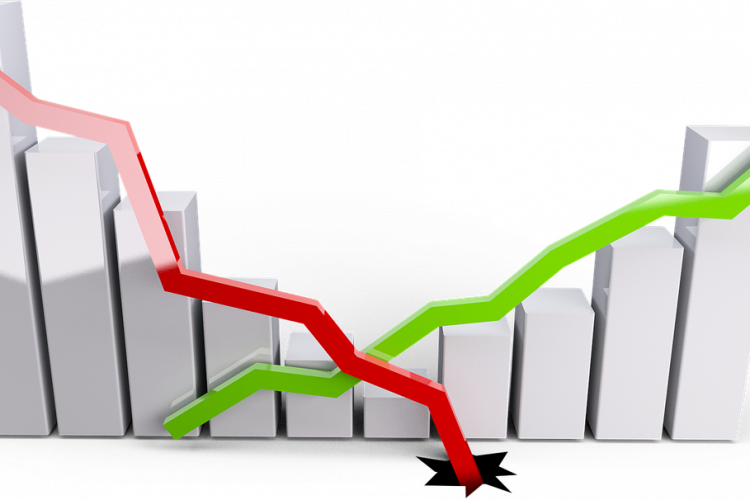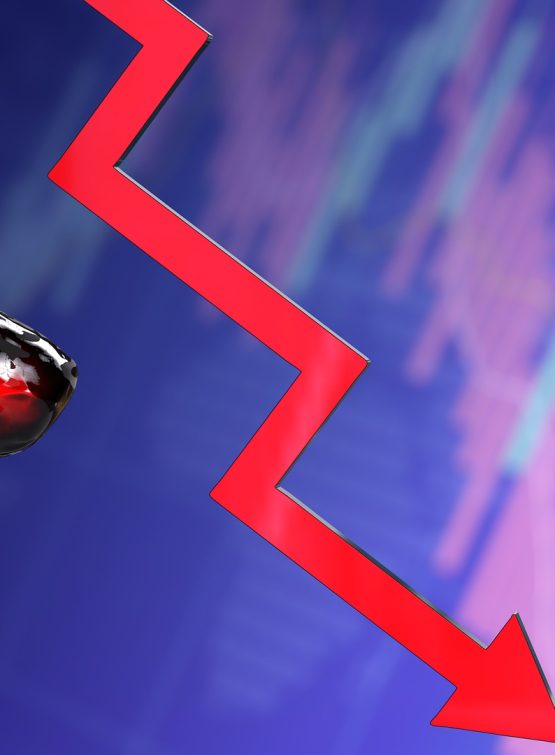Overview:
The stock markets all over the world plunged to their lows on 23rd March 2020, major indices like DJIA, FTSE 100, SHCOMP, SENSEX, etc. crashing by over 35% to 40% from their all-time highs.
The main reason is a no brainer, Coronavirus Pandemic or COVID-19, whatever the title you give it. The global economy has taken a serious hit with most of the major economics shutting down all the operations other than essential goods and emergency services. This looks like the worst thing ever happened to mankind after the Second World War.
Most of us might have expected that stock markets to continue sliding down or remain at the low levels. But, surprisingly, the markets have recovered since the 23rd March 2020 carnage. As of 11th May, DJIA is 30% higher, whereas, our index Sensex has raised over 21.4% from the recent bottoms.
How come stock markets keep on rising when the whole economy is shut down and the unemployment rate peaking up day by day? Is there a way to justify this happening? Well, I have done some research on my own.
Nifty 50 from Jan 2008 to March 2014:
In this article, I will try to briefly explain whether this rise may continue in the future or not. We shall take Nifty 50 as a reference and discuss the performance of the index. As of January 2008, before the US Housing Bubble burst, Indian stock market index, Nifty 50, was trading at its highest peaks around 6350.
In 2008, the top 10 stocks comprised 52.75% of the total index market value. Nifty 50 dropped from 6350 in January 2008 to 2265 in October 2008. Then, it hovered between 2500 and 3000 for the next six months until March 2009. Eventually, after more than 6 years, in March 2014, Nifty 50 successfully surpassed the previous high levels of 6350s.
Let us find if there is any correlation between the Top 10 companies’ annual results and the performance of the Nifty 50 index. In the table-1, weightage % in Nifty and revenues of the companies from 2008 to 2014 are shown. You can find the variations in the share prices in table-2.
Table-1
| Company | Weight (%) | 2007-08 Revenue(Cr) | 2008-09 Revenue(Cr) | 2009-10 Revenue(Cr) | 2010-11 Revenue(Cr) | 2011-12 Revenue(Cr) | 2012-13 Revenue(Cr) | 2013-14 Revenue(Cr) |
| Reliance | 12.15 | 136990 | 151101 | 203174 | 265050 | 357677 | 395957 | 433521 |
| ONGC | 7.13 | 90473 | 97795 | 95663 | 113844 | 140147 | 161984 | 174121 |
| Bharti Airtel | 5.49 | 27012 | 37352 | 41829 | 59602 | 71506 | 76947 | 85864 |
| NTPC | 5.45 | 38676 | 42713 | 48312 | 56860 | 65231 | 71518 | 78330 |
| SBIN | 4.61 | 71496 | 91667 | 100081 | 113636 | 147197 | 197976 | 189062 |
| ICICIBANK | 4.29 | 34095 | 36251 | 30154 | 30081 | 37995 | 44885 | 49479 |
| RCOM | 4.17 | 18827 | 22251 | 21496 | 22431 | 19677 | 20561 | 21238 |
| L&T | 3.59 | 29264 | 40332 | 43776 | 51972 | 64255 | 74426 | 85054 |
| SAIL | 2.99 | 39763 | 43155 | 40506 | 43346 | 46600 | 44891 | 46803 |
| INFOSYS | 2.89 | 16692 | 21693 | 22742 | 27501 | 33734 | 40352 | 50133 |
Table-2
| Company | Share price in Jan 2008 | Lowest Price in the Bear Market | Highest Price in Bear Market(After Oct 2008) | Share price in May 2014 |
| Reliance | 824 | 232.5 (Oct 2008) | 633 ( May 2009) | 572 |
| ONGC | 226 | 89.7 (Oct 2008) | 245 (Sep 2010) | 283 |
| Bharti Airtel | 505 | 215.8 (Oct 2012) | 518 (May 2009) | 349 |
| NTPC | 222 | 84.75 (March 2014) | 184 (Dec 2009) | 128 |
| SBIN | 242 | 89.15 (March 2009) | 351.5 (Nov 2010) | 283 |
| ICICIBANK | 264 | 45.85 (March 2009) | 232.55 (Nov 2010) | 289 |
| RCOM | 844 | 46.55 (Aug 2012) | 164.5 (Sep 2013) | 149 |
| L&T | 980 | 247.1 (March 2009) | 983 (Nov 2010) | 1084 |
| SAIL | 290 | 37.6 (Aug 2013) | 267 (Jan 2010) | 100 |
| Infosys | 224 | 130 (Oct 2008) | 437 (Jan 2011) | 417 |
Findings:
From the data, it is clear that all of the top 10 companies’ revenues increased from 2008 to 2014. But the stock prices have not raised accordingly. The GDP of our country also improved during the period (you can find the chart below). To some extent, the markets direction seems to have followed GDP growth. It is not inappropriate to say that emotions like fear and greed drive these markets over actual businesses.
In the case of Reliance, even though revenue increased by 316% from 2008 to 2014, the share price reduced by 30.5%. Bharti Airtel and NTPC shares also faced similar treatment from the trading community. Share prices falling despite of companies achieving good revenue growth.
During recessions, only fundamentally strong and financially healthy companies get through with minimal damage. RCom was an exact opposite; it was superficially bloated stock with poor fundamentals. It had been beaten down by 82.3% in those six years. As of today, it’s trading at 80 paise or ₹0.8.
Nifty 50 index is guided by shares of a specific sector for a certain period. Sometimes, Banking shares may rise while other counterparts fall, other times, it might be auto or oil shares that keep the market afloat.


Summary:
2008 Economic Recession was mainly due to the Sub-Prime Housing Mortgage crisis in the US. May be some European countries had direct exposure to the crisis. India, China, and other economies only took the repercussions of the housing bubble burst.
But, the Coronavirus pandemic is a global phenomenon. The whole world is taking the beat directly. According to IMF reports, the global economy is expected to crash by more than 3% in the FY21. Many economists and market pundits believe that worst is yet to come.
My View:
Mostly, the stock markets are guided by sentiments, institututional investors, and money financed through debt. Now, due to the Coronavirus lockdown, the whole world is facing severe liquidity issues. Poor communities do not possess the cash to feed themselves.
Some of the people I know had their business stopped for the last two months, but they are accumulating huge debt. Even though they had to close their businesses and stores, they have to pay the rents and maintenance charges. Imagine! How difficult it is going to be to pay these rents and other charges. Even after lifting of the lockdown, the businesses are not going to get back to their previous situations. This Corona scare may persist for another 6 months to one year or even more.
As far as I am concerned, I do not have a clear view on where markets are heading in the short term. But in the longterm, stock market move in upward direction. Nifty is down 22% from its all time highs and some of the blue chip stocks are down 50%. It is necessary to save money in these troubled times. But if you have extra capital with you, it might not be a bad idea to invest at these discount prices.
Note:
I provide the information and my views on the website only to educate people, new investors, and stock market enthusiasts on equity and other market investments. Please consult a SEBI registered financial advisor before making any investments in the stock or commodity markets. In case of any queries, you can contact me on Contact Form or email: admin@valueinvestingonline.in.





1 Comment